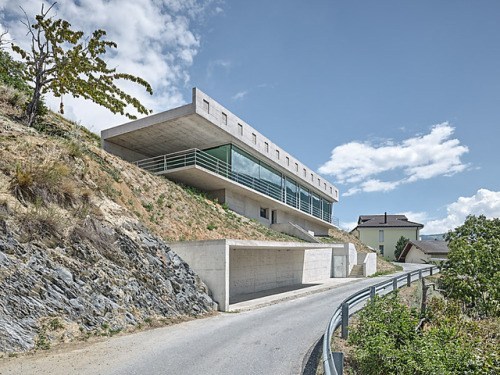
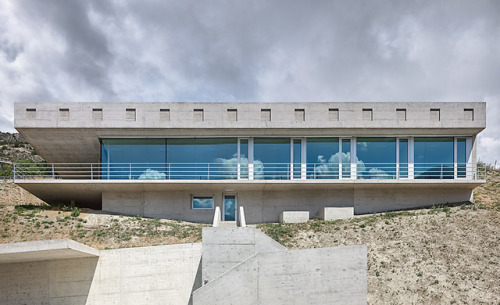
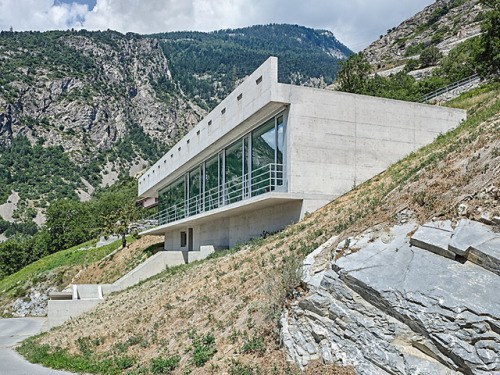
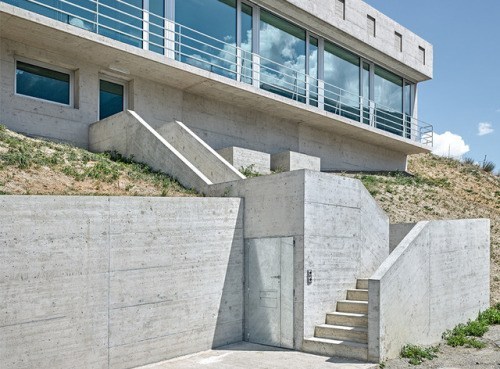
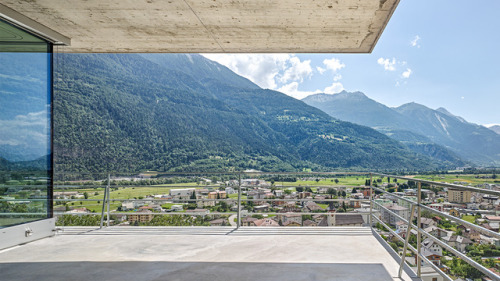
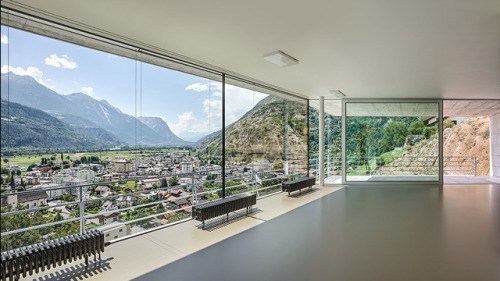
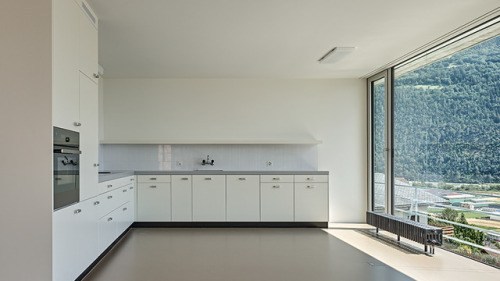

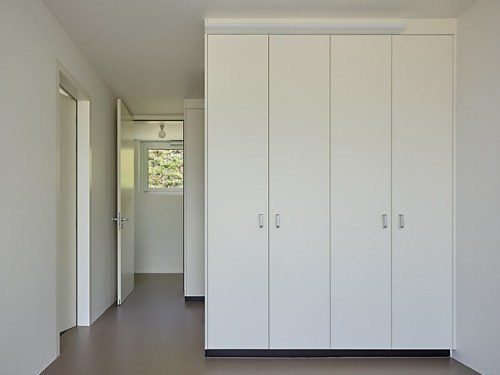

Eugen Eisenhut - Family house, Steg 2016. Photos © Roger Frei.

Part of the http://s.erious.ly real time news network
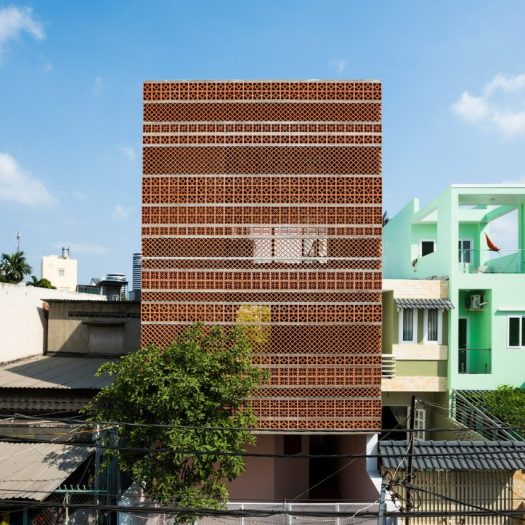 A screen of decorative terracotta blockwork fronts this apartment block in Ho Chi Minh City by Sanuki Daisuke Architects, which features planted courtyards in its centre. Read more
A screen of decorative terracotta blockwork fronts this apartment block in Ho Chi Minh City by Sanuki Daisuke Architects, which features planted courtyards in its centre. Read more
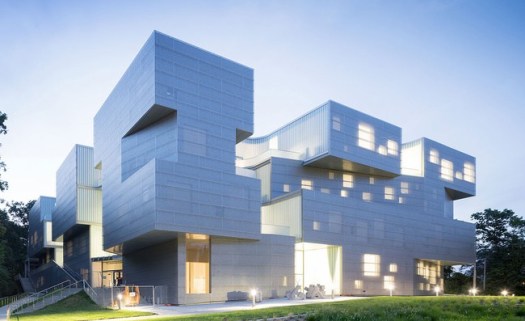 The American Architecture Awards has been America’s highest public tribute for architecture since its inception in 1994. Co-organized by The Chicago Athenaeum and The European Centre for Architecture Art Design and Urban Studies, the prize is presented to recently built top-notch projects in architecture, landscape, and planning that were either built in the U.S. or abroad by the country's leading designers and planners, like Steven Holl, Renzo Piano, and Olson Kundig, to name a few.
The American Architecture Awards has been America’s highest public tribute for architecture since its inception in 1994. Co-organized by The Chicago Athenaeum and The European Centre for Architecture Art Design and Urban Studies, the prize is presented to recently built top-notch projects in architecture, landscape, and planning that were either built in the U.S. or abroad by the country's leading designers and planners, like Steven Holl, Renzo Piano, and Olson Kundig, to name a few.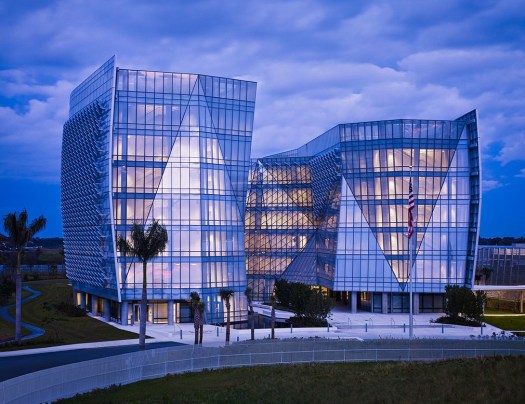 Photographers: Nick Merrick/Hedrich Blessing.
MIRRORHOUSE, Beverly Hills, California, 2016.
Photographers: Nick Merrick/Hedrich Blessing.
MIRRORHOUSE, Beverly Hills, California, 2016.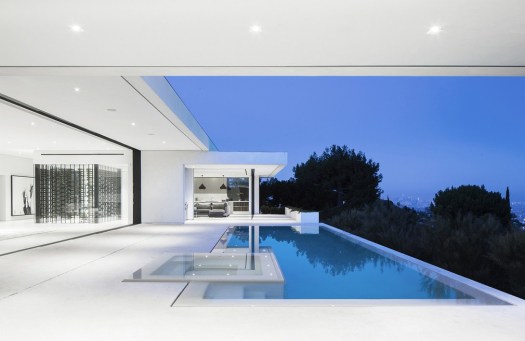
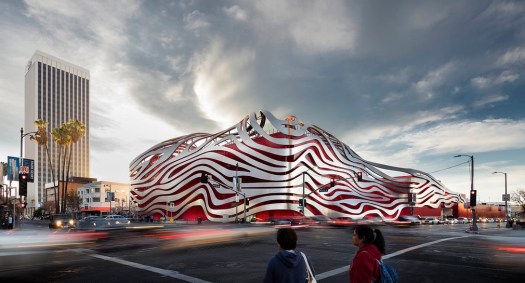 Photographer: Raimund Koch.
Related: L.A.'s
Photographer: Raimund Koch.
Related: L.A.'s
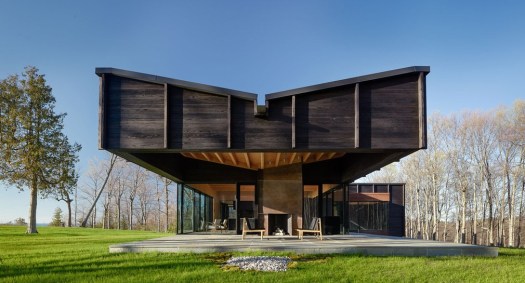
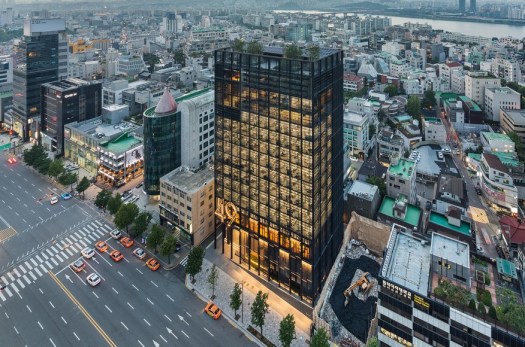
 The American Architecture Awards has been America’s highest public tribute for architecture since its inception in 1994. Co-organized by The Chicago Athenaeum and The European Centre for Architecture Art Design and Urban Studies, the prize is presented to recently built top-notch projects in architecture, landscape, and planning that were either built in the U.S. or abroad by the country's leading designers and planners, like Steven Holl, Renzo Piano, and Olson Kundig, to name a few.
The American Architecture Awards has been America’s highest public tribute for architecture since its inception in 1994. Co-organized by The Chicago Athenaeum and The European Centre for Architecture Art Design and Urban Studies, the prize is presented to recently built top-notch projects in architecture, landscape, and planning that were either built in the U.S. or abroad by the country's leading designers and planners, like Steven Holl, Renzo Piano, and Olson Kundig, to name a few. Photographers: Nick Merrick/Hedrich Blessing.
MIRRORHOUSE, Beverly Hills, California, 2016.
Photographers: Nick Merrick/Hedrich Blessing.
MIRRORHOUSE, Beverly Hills, California, 2016.
 Photographer: Raimund Koch.
Related: L.A.'s
Photographer: Raimund Koch.
Related: L.A.'s


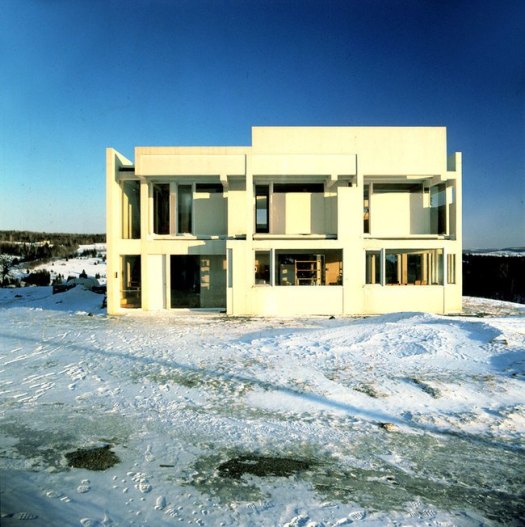 Built in 1970, ‘House II’ by Peter Eisenman is a major icon of structuralist architecture—and it’s now on the market for $850K.
One of ten experimental houses Eisenman designed, only four of which were built, House II is heavily influenced by the work of Noam Chomsky. The house comprises three two-story bays sheathed in plywood and intercut with skylights, partial walls, and openings in the floor. But the design wasn’t exactly contextually-appropriate: it’s flat roof didn’t mesh with the cold Vermont winters. So the original designers added a slightly sloped roof, floor grates, and expanded walls.
Built in 1970, ‘House II’ by Peter Eisenman is a major icon of structuralist architecture—and it’s now on the market for $850K.
One of ten experimental houses Eisenman designed, only four of which were built, House II is heavily influenced by the work of Noam Chomsky. The house comprises three two-story bays sheathed in plywood and intercut with skylights, partial walls, and openings in the floor. But the design wasn’t exactly contextually-appropriate: it’s flat roof didn’t mesh with the cold Vermont winters. So the original designers added a slightly sloped roof, floor grates, and expanded walls.
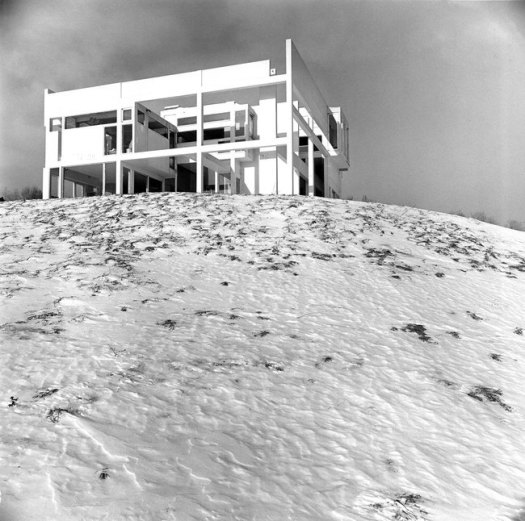
<figure>
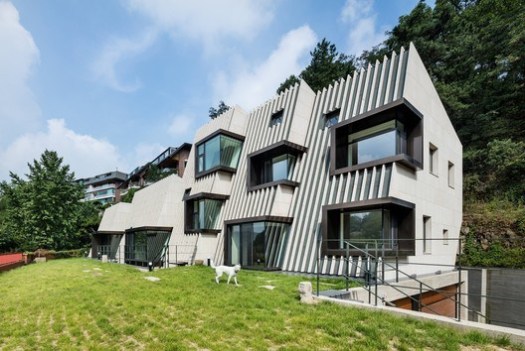 © Kyungsub Shin
© Kyungsub Shin
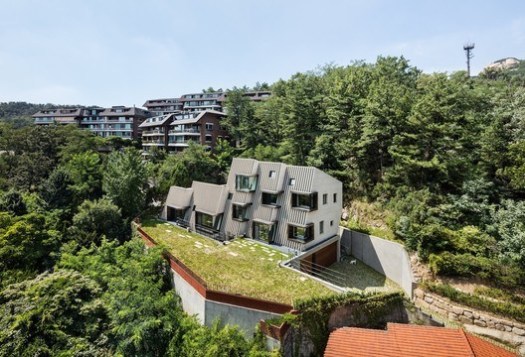 © Kyungsub Shin
© Kyungsub Shin
From the architect. This Recently completed Deep House (House with Deep Wall) is the culmination of 6-year-long pursuit and determination of its architect Homin Kim. Credit for successful completion of the daunting task goes to Kim’s ambitious vision to situate a modern and practical residence in challenging landscape backed by unwavering support and trust of the client. Most striking feature of the Deep House is its roof, slanted at an angle, which streamlines flawless as walls as a single unit. By opting against conventional use of the concept of roof and eaves and adopting exterior stone louvers, volume of the Deep House is dispersed in shallow depth
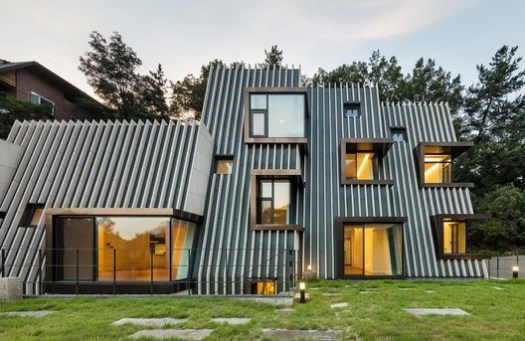
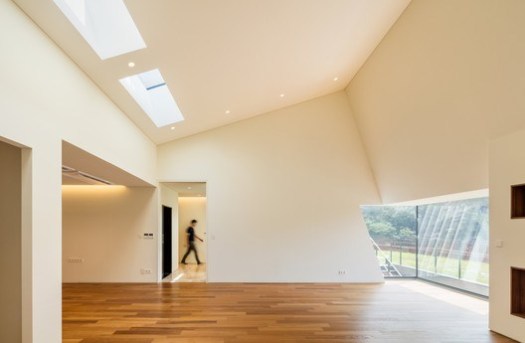
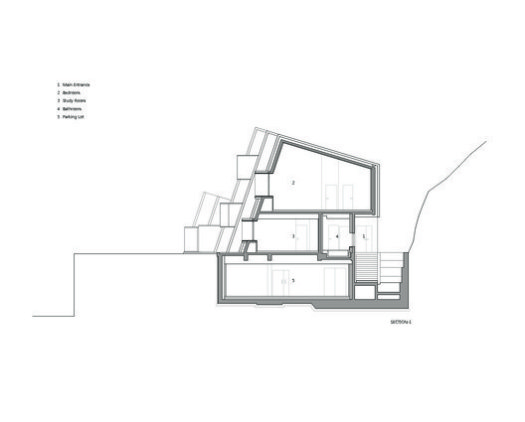
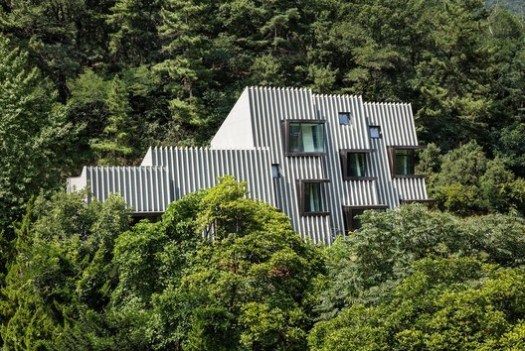
<figure>
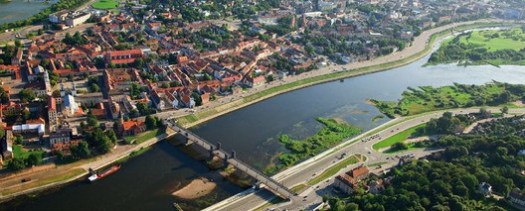 © Kaunas City Municipality. Courtesy of Malcolm Reading Consultants
Malcolm Reading Consultants (MRC) has been appointed by Kaunas City Municipality to run a one-stage design contest for Kaunas’ new Concert Centre. The substantial new building for this leading Lithuanian city, which has just won the title European Capital of Culture 2022, will encompass a world-class concert venue as well as multifunctional spaces for public and community events.
The one-stage contest will launch in early summer and conclude in the autumn. The initiative follows the success of the recent Science Island contest, which was the most popular architectural competition in Lithuania’s history.
Commenting on this collaboration, Malcolm Reading, MRC Chairman, said:
‘Kaunas is a European city to watch – it has a distinguished architectural heritage and is rapidly achieving prominence as a key hub within the Baltics.
‘We are delighted to be continuing our partnership with Kaunas. This Continue reading "Competition Announced for New Concert Center in Kanaus, Lithuania"
© Kaunas City Municipality. Courtesy of Malcolm Reading Consultants
Malcolm Reading Consultants (MRC) has been appointed by Kaunas City Municipality to run a one-stage design contest for Kaunas’ new Concert Centre. The substantial new building for this leading Lithuanian city, which has just won the title European Capital of Culture 2022, will encompass a world-class concert venue as well as multifunctional spaces for public and community events.
The one-stage contest will launch in early summer and conclude in the autumn. The initiative follows the success of the recent Science Island contest, which was the most popular architectural competition in Lithuania’s history.
Commenting on this collaboration, Malcolm Reading, MRC Chairman, said:
‘Kaunas is a European city to watch – it has a distinguished architectural heritage and is rapidly achieving prominence as a key hub within the Baltics.
‘We are delighted to be continuing our partnership with Kaunas. This Continue reading "Competition Announced for New Concert Center in Kanaus, Lithuania" <figure>
 © Nguyen Thai Thach
© Nguyen Thai Thach
 © Nguyen Thai Thach
© Nguyen Thai Thach
From the architect. The Pavilion of the Origins is located in Hanoi which is one of the most air polluted cities in the world. In 2016, the PM2.5 particulate level recorded in Hanoi was seven times higher than the permissible level set by the World Health Organization. The declining air quality in Hanoi has been attributed to high traffic volumes and industrial activities.
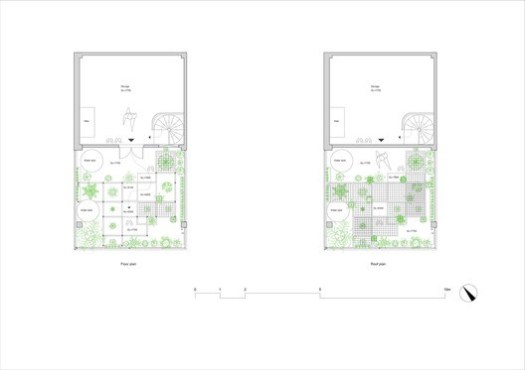 Floor Plans
Floor Plans
Pavilion of the Origins is an attemp to bring the clean air back by setting a place for living plants which can help detoxify the air. They are not just ornamental plants for decorative purposes, but they are air-purifying plants that can absorb harmful toxins from the air.
 © Nguyen Thai
© Nguyen Thai
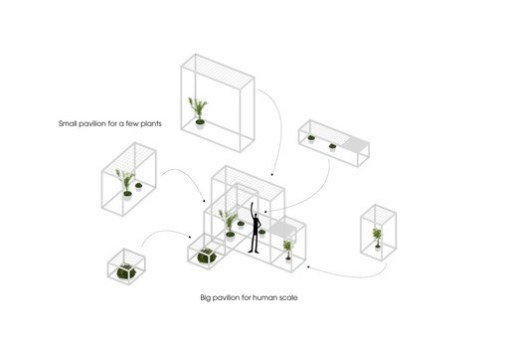

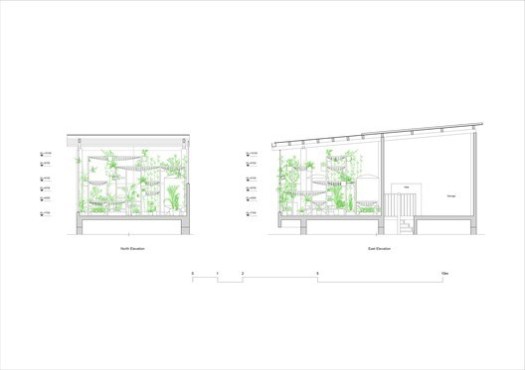

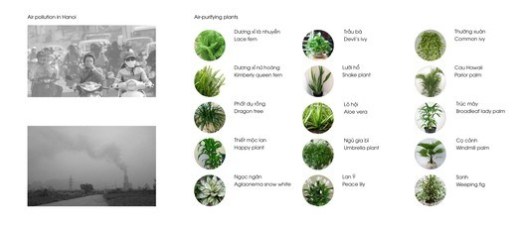
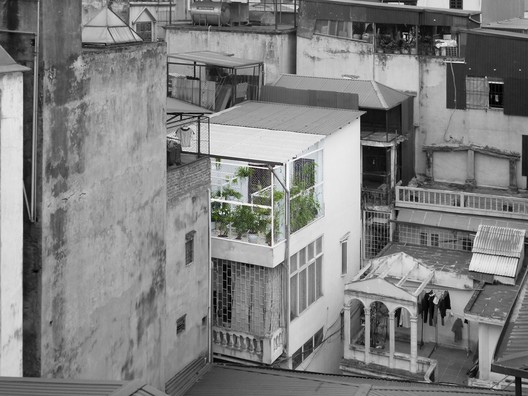
 For some architects, the decision not to bid for Donald Trump's US-Mexico border wall is easy. But Aaron Betsky questions whether working the project is as unethical as it first seems in this Opinion column. Read more
For some architects, the decision not to bid for Donald Trump's US-Mexico border wall is easy. But Aaron Betsky questions whether working the project is as unethical as it first seems in this Opinion column. Read more
<a href="http://design-milk.com/listen-to-episode-28-of-clever-norm-abram/norm-abram-featured/" data-wpel-link="internal"><img src="http://2.design-milk.com/images/2017/04/Norm-Abram-featured-810x543.jpg" alt="Listen to Episode 28 of Clever: Norm Abram" /></a>
<a href="http://cleverpodcast.com/blog/ep-28-norm-abram" data-wpel-link="external" rel="external noopener noreferrer">In this episode of Clever</a>, <em>This Old House</em> Master Carpenter Norm Abram charms Jaime and Amy with stories of a youth spent building pinewood derby cars and learning the trade from his father, who lives on in the walls of the house they built together as adults. He got his start in TV by accident, but thanks to an unfailing dedication to patience and safety, that’s about the only major accident he can speak of. These days, he’s on a mission to bring today’s youth into tomorrow’s trade labor force. Plus, he reveals the secrets of his famous wardrobe. Listen:
<img src="http://feeds.feedburner.com/~r/design-milk/~4/D5cq78CK-M4" height="1" width="1" alt=""/>
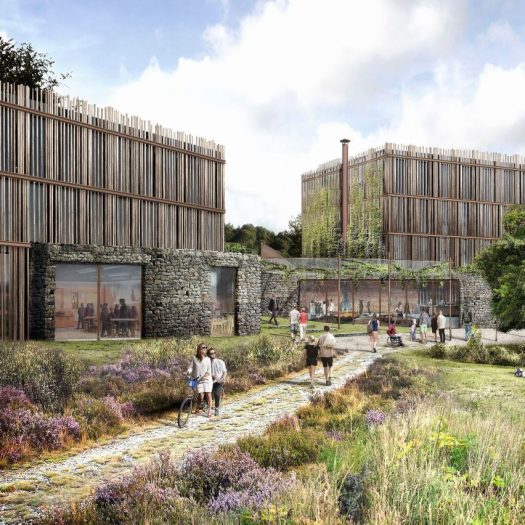 Tate Harmer has unveiled designed for a stone- and timber-covered hotel at the Eden Project ecological park in Cornwall, England. Read more
Tate Harmer has unveiled designed for a stone- and timber-covered hotel at the Eden Project ecological park in Cornwall, England. Read more
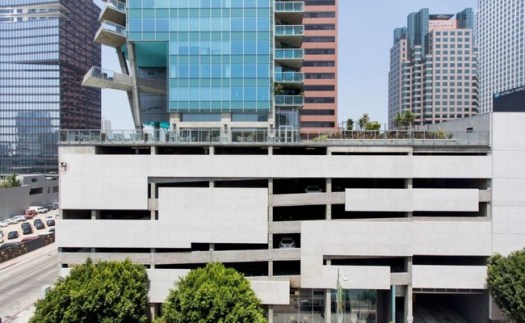 As L.A. pats itself on the back for its freshly angular skyline, a new architectural trend — enabled by another city ordinance — threatens to turn the beating heart of modern Los Angeles into a cold, lifeless and unwalkable place.
As L.A. pats itself on the back for its freshly angular skyline, a new architectural trend — enabled by another city ordinance — threatens to turn the beating heart of modern Los Angeles into a cold, lifeless and unwalkable place. As L.A. pats itself on the back for its freshly angular skyline, a new architectural trend — enabled by another city ordinance — threatens to turn the beating heart of modern Los Angeles into a cold, lifeless and unwalkable place.
As L.A. pats itself on the back for its freshly angular skyline, a new architectural trend — enabled by another city ordinance — threatens to turn the beating heart of modern Los Angeles into a cold, lifeless and unwalkable place.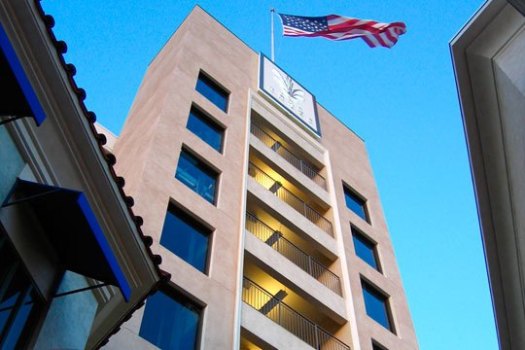 The strategy reflects a consensus among some developers and planners that California’s vaunted car culture is inevitably going to run out of gas...[Andy] Cohen, co-chief executive of Gensler, predicts car ownership will peak around 2020 and then start to decline, with more Americans relying on some form of ride-sharing than their own vehicles by 2025. That means cars gradually would disappear from home garages, curbs and parking structures, freeing up acre upon acre of real estate for new uses.
The strategy reflects a consensus among some developers and planners that California’s vaunted car culture is inevitably going to run out of gas...[Andy] Cohen, co-chief executive of Gensler, predicts car ownership will peak around 2020 and then start to decline, with more Americans relying on some form of ride-sharing than their own vehicles by 2025. That means cars gradually would disappear from home garages, curbs and parking structures, freeing up acre upon acre of real estate for new uses.